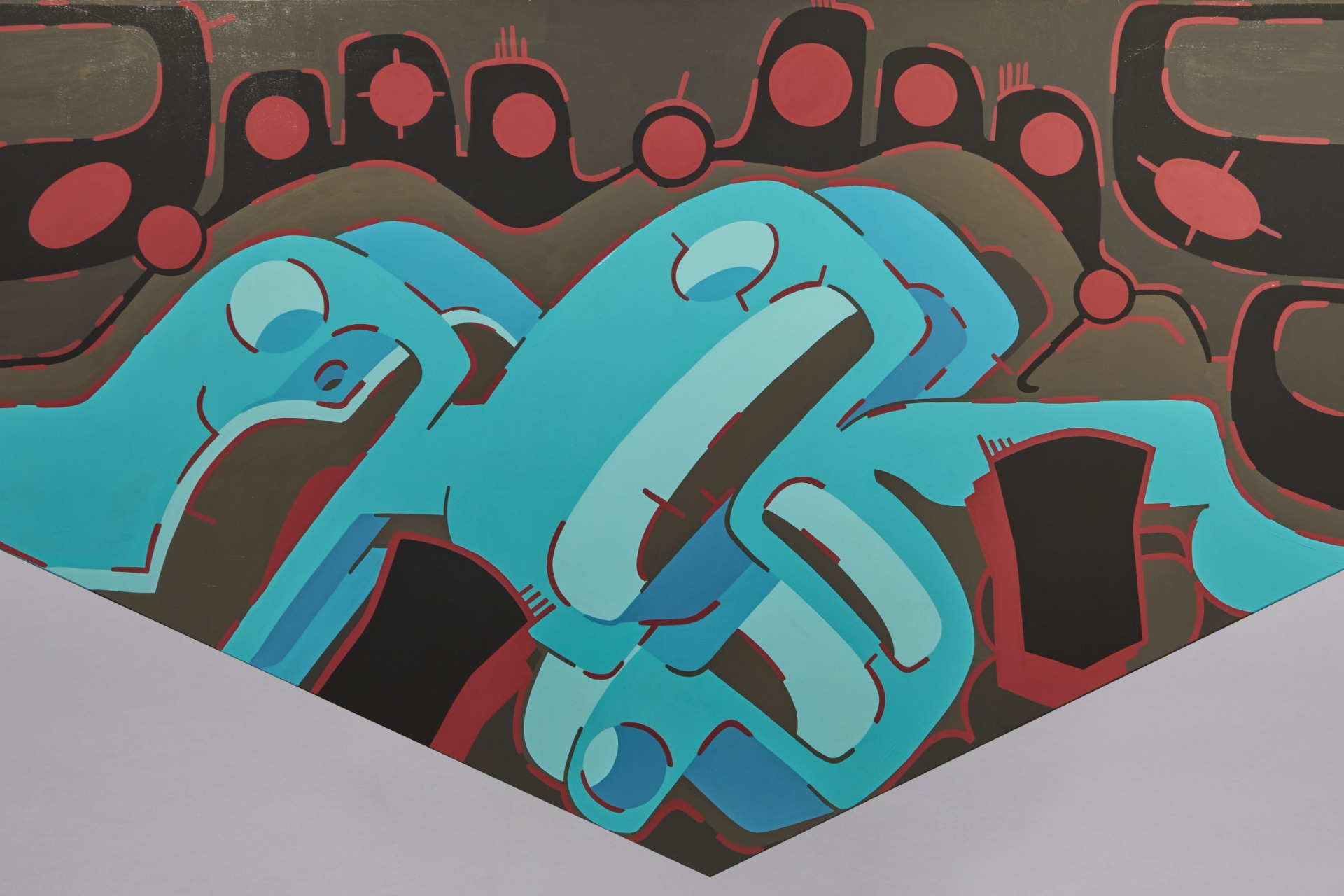Description
Accompanied by Ensign Henry Timberlake and Sergeant Thomas Sumter of the Virginia militia, this second diplomatic delegation of Cherokee were the talk of the town from beginning to end of their visit. Two years after they had left, tourists could still “see” them in all their glory at Mrs Salmon’s Waxworks on Fleet Street. The Cherokee were still central to Britain’s imperial ambitions in the southeastern colonies; in turn, Utsidihi had a personal desire to see England, meet the King, and verify the reports of Okanackah (by now known as Attakullakulla). Unlike the earlier delegation, there was very little to the planning, no Grand Council, and only halfhearted backing from colonial governors. It was, in other words, a risky venture, and Timberlake depended on the history of successful visits earlier in the century. Crowds flocked to see them wherever they went, barging into their lodgings on Suffolk Street. Bawdy ballads were written about them. Their hoped-for audience with the King was delayed after their mixed-race interpreter, William Shorey, died en route. On one particularly rowdy excursion to Vauxhall pleasure gardens, Utsidihi lost his cool, wrenched the sword out of the hands of a man who had drew it on him, snapped it in two, and then lay down, refusing to move. Not long after, the government forbade further such excursions. Despite this, and following a warm reception by the King, the visit was deemed a PR success for the Cherokee””but of no real value to the British government.
Bibliographic sources
Thrush, Indigenous London, 67-9, 94; Vaughan, Transatlantic Encounters, 165-174. See also Kate Fullagar’s The Warrior, the Voyager, and the Artist.
